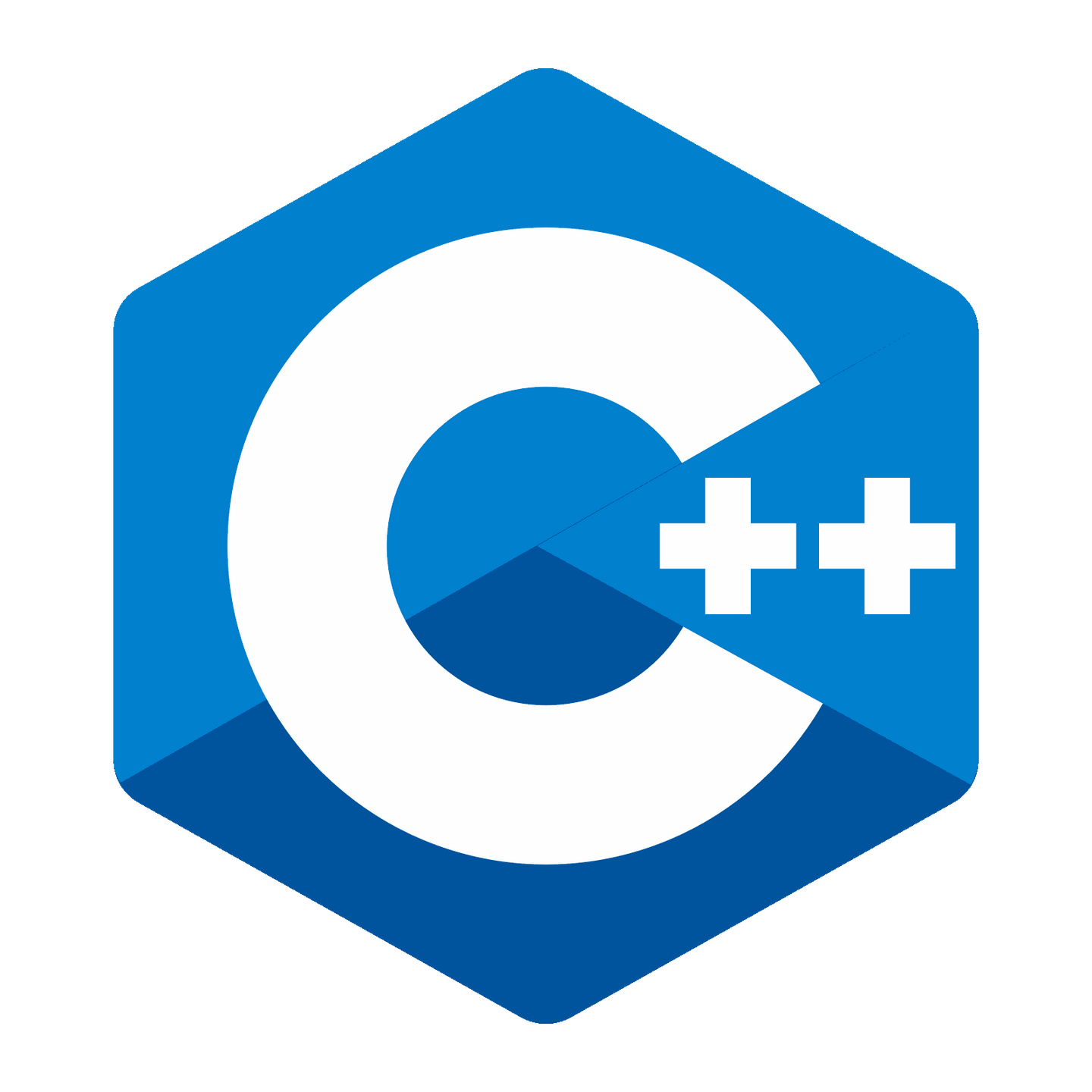
如何优化C++开发中的多线程架构和任务调度算法的效率和可扩展性
随着计算机硬件的不断发展和多核处理器的普及,多线程编程在软件开发中越来越重要。C++作为一种高级编程语言,提供了丰富的多线程支持,使得开发人员能够更好地利用多核处理器的潜力。然而,多线程编程也带来了一系列的挑战,如线程间的竞争条件、死锁和资源管理等问题。为了提高多线程架构和任务调度算法的效率和可扩展性,开发人员需要采取一些优化策略。
首先,对于多线程架构的优化,一个重要的策略是减少线程间的竞争条件。竞争条件是指多个线程同时访问共享资源,导致结果的不确定性。为了避免竞争条件,可以采用互斥量或其他同步机制来对共享资源进行保护,同时尽量减少对共享资源的访问。此外,可以使用锁的粒度调整来提高并发性能。锁的粒度指的是锁定共享资源的范围,如果锁的粒度过大,会导致线程之间的等待时间增加,降低并发性能;如果锁的粒度过小,会增加竞争条件,影响线程的执行效率。
其次,针对任务调度算法的优化,可以采用工作窃取算法来提高效率和可扩展性。工作窃取算法是一种基于任务队列的调度算法,它将任务放入一个共享的任务队列中,线程可以从该队列中获取任务进行执行。当一个线程完成了自己的任务后,可以从其他线程的任务队列中窃取任务并执行,从而实现负载均衡和提高并发性能。
立即学习“C++免费学习笔记(深入)”;
另外,为了提高多线程架构和任务调度算法的可扩展性,可以采用线程池来管理线程的创建和销毁。线程池是一种预先创建一定数量的线程,并将任务分配给这些线程执行的机制。通过线程池,可以避免频繁地创建和销毁线程的开销,从而提高系统的响应速度和可扩展性。
此外,还可以采用任务分解和任务合并的策略来提高效率。任务分解是指将一个大的任务分解成多个小的子任务,然后由多个线程同时执行这些子任务,从而减少任务的执行时间;任务合并是指将多个小的子任务的结果合并成一个大的任务的结果,减少线程之间的通信开销。通过任务分解和任务合并,可以充分利用多核处理器的并行性,提高系统的整体性能。
最后,进行多线程架构和任务调度算法的优化时,开发人员还需要注意一些其他方面的问题。例如,合理使用线程间的通信机制,避免频繁地进行线程之间的同步和通信,从而降低系统的开销。同时,在进行性能调优时,需要使用性能分析工具来查找系统的瓶颈,针对性地进行优化。
总而言之,为了优化C++开发中的多线程架构和任务调度算法的效率和可扩展性,开发人员可以采取一系列的优化策略,如减少线程间的竞争条件、采用工作窃取算法、使用线程池等。同时,还需要注意其他方面的问题,如合理使用线程间的通信机制和进行性能调优等。通过这些优化策略,可以提高多线程编程的效率和系统的可扩展性。
以上就是如何优化C++开发中的多线程架构和任务调度算法的效率和可扩展性的详细内容,更多请关注php中文网其它相关文章!

c++怎么学习?c++怎么入门?c++在哪学?c++怎么学才快?不用担心,这里为大家提供了c++速学教程(入门到精通),有需要的小伙伴保存下载就能学习啦!

Copyright 2014-2025 https://www.php.cn/ All Rights Reserved | php.cn | 湘ICP备2023035733号